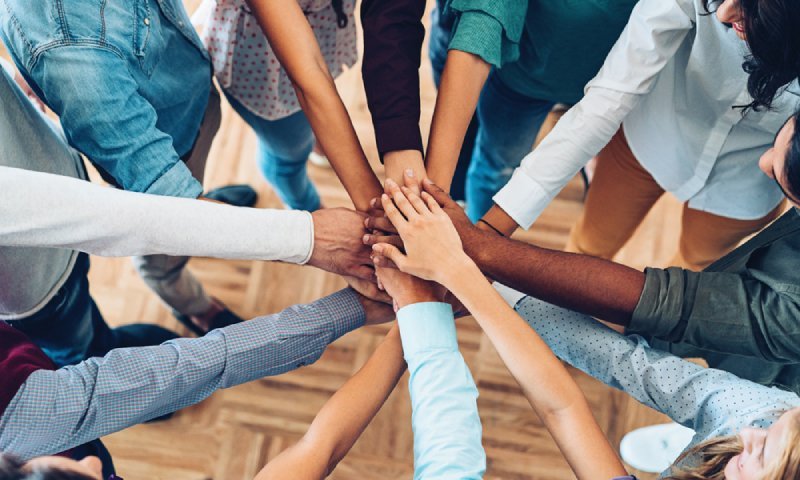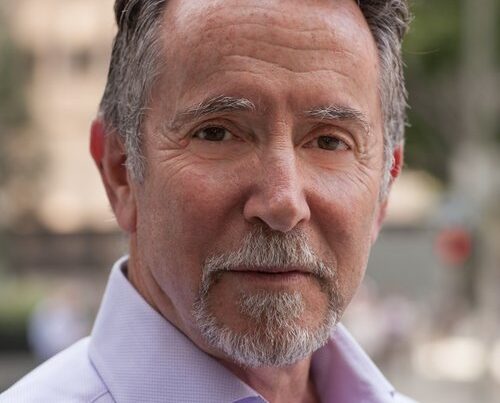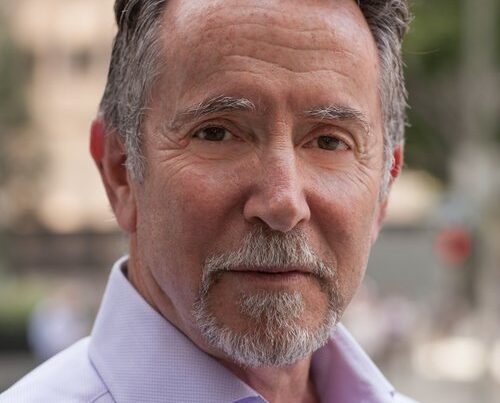This post originally appeared on tBL member SCGWest’s blog and is republished with permission. Find out how to syndicate your content with theBrokerList.
We’ve written extensively about the financial benefits of redeveloping a property: increasing NOI, how much of an ROI you might expect, and how a rebrand can pay off.
But there can be other benefits, too. Some of them may be less tangible, but no less real. After all, if you really want to maximize the value of your property, that can go beyond financial considerations and into things like how the redevelopment benefits the community and how it might also help public perception of your brand.
So what does it really mean to maximize value? It means different things to different people, of course. Does it mean having a positive impact on your community? Does it mean helping the environment? All of these considerations can help your property truly reach its full potential.
If you’re looking to redevelop a property and you have an eye toward maximizing its full value, not just its income-producing potential, read on for some things you might want to think about!
How can redevelopment help a community?
There are so many ways. After all, a half-empty, deteriorating shopping center isn’t good for any community – but when it’s redeveloped, it can bring revitalization and spur further development and growth. And that can help communities in several ways:

Increased tax revenue
Whether it’s through sales tax, more income tax as a result of more jobs, or both, a successful redevelopment will increase the tax revenue in a community. This, in turn, helps to fund the essential services that communities rely on and expect.
Successful mixed-use developments often bring the biggest increases in tax revenues to a community. The city of Carmel, Indiana, for example, found that mixed-use developments in its new downtown core bring about twenty times the assessed value per acre as compared to a strip center or a standalone office building.
It’s more environmentally friendly
Reusing buildings is a much greener option that building new ones. There’s a ton of what’s called “embodied energy” in buildings – basically, it’s the sum of all the greenhouse gases that went into building them. From extracting the raw materials, processing them, transporting them, constructing/installing them, and then operating the building – there’s a lot of energy that goes into our buildings, and a lot of carbon emissions as a result.
Tearing down a building means that all the energy that went into constructing it is wasted. But creatively reusing a building is a more earth-friendly way to redevelop, and that benefits not only the local community but the entire planet!

Another plus is that newer developments tend to be much more pedestrian and bike friendly. There are lots of features that can be incorporated into a redevelopment that encourage less driving and more walking – things like wider, accessible sidewalks, bike storage and repair stations, and even streets that are closed to car traffic.
New retail developments can even double as public transportation hubs (one large-scale example of this is The Oculus in Lower Manhattan). All of these are ways to reduce the harmful impact on the environment and encourage a greener way of thinking!
More jobs
Redevelopments that attract thriving tenants, such as retail and medical, will also bring more jobs to a community than an old shopping center with a bunch of vacancies. And more job opportunities = more prosperity in the community. This is often a selling point that helps redevelopments get approved, and may even result in tax incentives. Any way you slice it, it’s hard to argue against more jobs.
Attract more visitors and newcomers
New, exciting developments can be destinations for tourists and new residents alike, who bring more activity and spending to an area. When a community is more appealing, it will draw more residents, more tax revenues, and more investment in the things that make it a great place to live: good schools, libraries, entertainment, and other amenities.
Help with housing shortages
You hear about the housing crisis in the United States all the time, and it’s estimated that 29 states have a housing deficit. But just how short are we on homes? 3.3 million units.
This is a big problem in a lot of communities. Redevelopments that incorporate housing help to chip away at this number. There’s a lot of speculation right now about whether office buildings may start to be converted into housing, with so many more people working from home post-pandemic.
That remains to be seen, but a redevelopment project that includes residential units can provide much-needed housing supply in areas that really need it. And, many lenders are more likely to finance projects that include housing, because they see it as a safe, long-term source of income.
How can redevelopment help your brand?
Companies want – and need – to be seen as community-oriented and caring. Redeveloping a property so that it brings new life, new growth, and new energy to a community can go a long way toward positioning your company as a socially responsible member of the community.
Consider some numbers:
The Millennial generation is now the largest generation in the country, with 72 million people. And Generation Z, born in the mid-90’s to the mid-2010’s, isn’t far behind with 67 million people.
Why is this important? These generations expect corporate social responsibility. It’s not a perk – it’s an expectation. Companies that ignore this aren’t positioning themselves well, now or into the future. 91% of millennials will switch to a brand associated with a cause, 62% will take a pay cut to work for a more responsible company, and 70% of Generation Z-ers try to buy from companies they consider ethical.
Especially if your brand is heavily associated with your locality, you can demonstrate to the community that you care about doing the right thing. When you’re thinking about redeveloping a property, involve the community. Hear their concerns and hear about what their hopes are. And incorporate that information into your plans, to the extent possible.
Examples of creative redevelopments that maximize value
Now that we’ve talked a little about how redeveloping a property can maximize its value – in every sense of the word – let’s look at a few examples, just for fun! These projects have not only been financially successful, but they’ve also revitalized buildings, communities, and had positive impacts. In our view, that’s when a property really achieves its potential.
The Arcade Providence
The oldest shopping mall in the United States (built in 1828 in Providence, Rhode Island) closed in 2008, but a few years ago it was converted into a mixed use development with retail on the first floor and 48 micro apartments on the upper two floors. The project has been successful and the developer is now selling the units as condos due to the strength of the local housing market and the appeal of this historic landmark building.

Liberty Station
The former Naval Training Center in San Diego consists of dozens of historic buildings and is now a fully mixed-use development. It includes retail and restaurants, an arts district, residential, hotel, charter schools, offices, and parks/green space.

The Village at Grand Traverse Commons
This is a fascinating place in Traverse City, Michigan. It was built in 1885 as the Northern Michigan Asylum, a state-run hospital with dozens of buildings. The hospital declined over decades and was finally closed in 1989. The buildings have been redeveloped and now include retail, residential, event venues, hiking and bike trails – and the redevelopment has more than replaced the 200 jobs that were lost when the hospital closed.

ᔓ
Hopefully this article has given you some food for thought about whether you’re really maximizing your property value. Redeveloping a property can have huge benefits not just for you and your investment, but also for your community and your company.



